Today is Flying Ant Day: the day that ants take to the air and fly at the same time. The ants are from different colonies that can be several hundred metres apart.
Let’s celebrate Flying Ant Day!


But pause a moment—really look. This is the wedding flight, the briefest of honeymoons, when new queens and males take to the skies to mate and search for new grounds and new beginnings. It’s a natural marvel unfolding on our doorsteps, so what is going on below the surface?
It starts underground, beneath a cracked paving stone, under a patch of sun-warmed earth: this is the colony, the kingdom of the ants. The colony pulses with organised purpose.
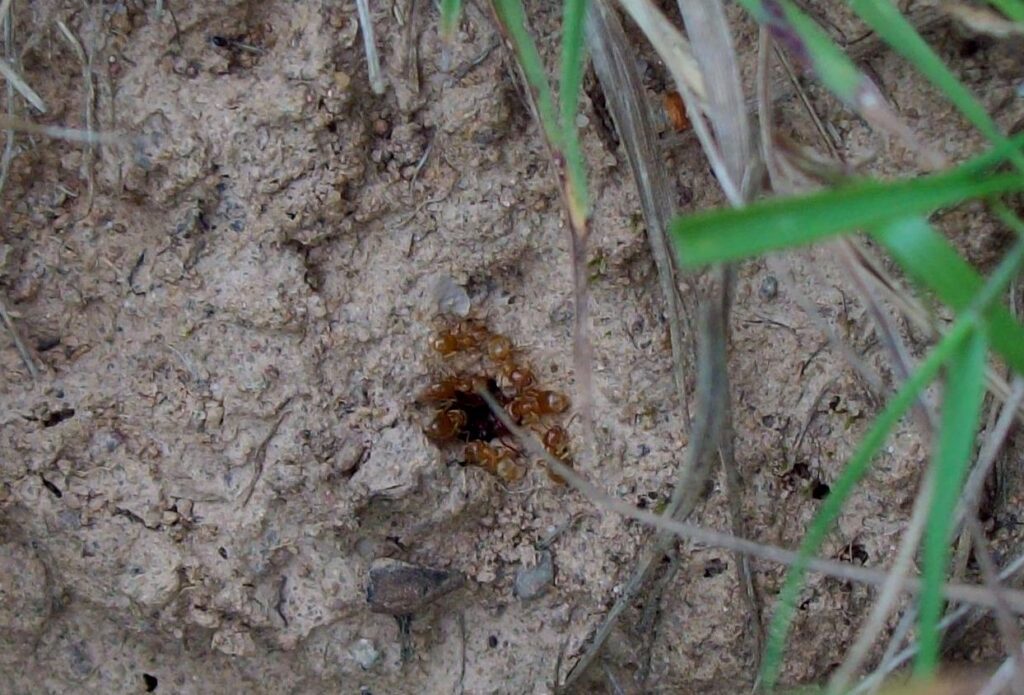
Their larvae are fed and thousands of identical worker ants are formed. These do not have wings.
The power of ants lie in their numbers.
Some ants are the pirates of the wood: ferocious and aggressive, they will attack those who cannot defend themselves or have not learned to work with the ants. Like pirates, ants will protect anything that gives them what they want – usually food.
Some species roam in teams, tracking down caterpillars, beetle larvae, or even spiders. They subdue them not with brute force, but with strategy: surround, immobilise, overwhelm. A single ant may be no match for a wasp larva, but a dozen? A hundred? That’s a different story. Their venom can paralyse, their mandibles shear, and their numbers do the rest.
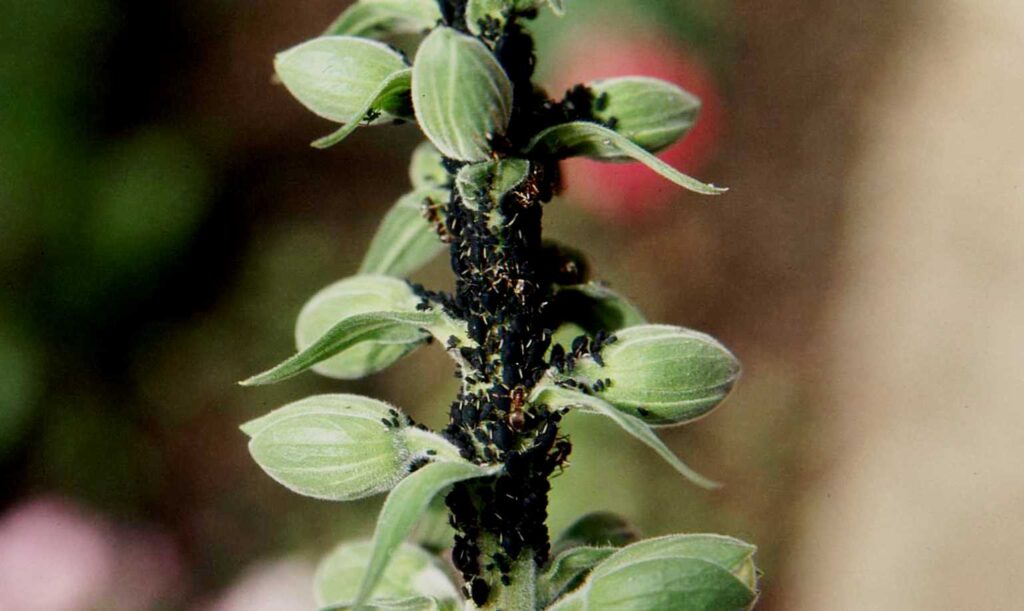
Blackflies suck the juices of a plant, excreting sweet sticky “honey dew”, which feeds the ants in the colony. In exchange, the ants give the blackflies protection and time to reproduce. Some ants actively”farm” the blackflies, by stroking them gently with their antennae to encourage them to produce honeydew. Like milking a cow.
Biologists call ants ‘keystone’ species. In architecture, the keystone is the stone at the top of an arch that holds the whole structure together. Remove it, and everything collapses.
Ants play this role in the architecture of the wood. Their tunnelling aerates the soil, letting water and oxygen reach the roots of plants. They break down waste, dead insects, and fallen leaves—recycling the detritus of life into the ingredients for growth.
Some species plant seeds by accident, dropping them underground where they germinate safely. Others protect plants from pests or farm aphids like cattle. A colony is not just a nest: it’s an engine of fertility, a subterranean society that quietly underpins the world above.
Take them away, and you begin to see the gaps. Soils become compacted. Nutrients stop cycling. Other animals—birds, lizards, even mammals—that feed on ants start to vanish too. The threads of connection begin to unravel.
The world is a better place with ants – and the flying ants are crucial, for this is where new queens mate with males and go to form new colonies, so the cycle of life continues for one more year. As long as the old colonies have healthy queens, they will continue, so that Flying Ant Day is a way of mixing together different colonies, to make and spread new ones.
The ants benefit, and so does Nowhere Wood, so, let’s celebrate Flying Ant Day!
- Why is it an advantage for a new queen ant to fly away from the colony before laying her eggs?
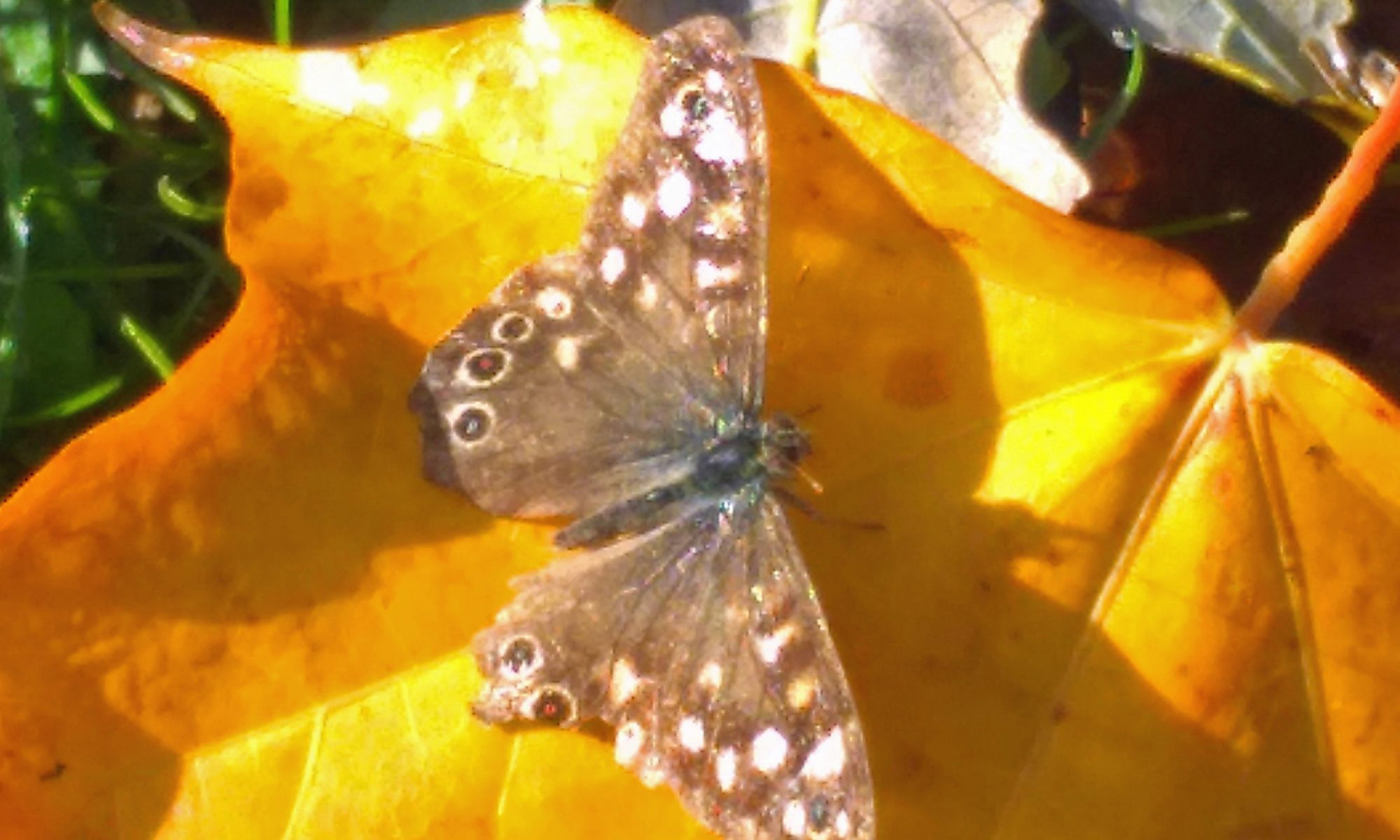




![Noctule bat. [Photograph: Dave on Flickr, ttps://www.flickr.com/photos/wolf_359/ Dave]](https://blog.neilingram.co.uk/wp-content/uploads/2025/06/noctule-300x190.jpg)



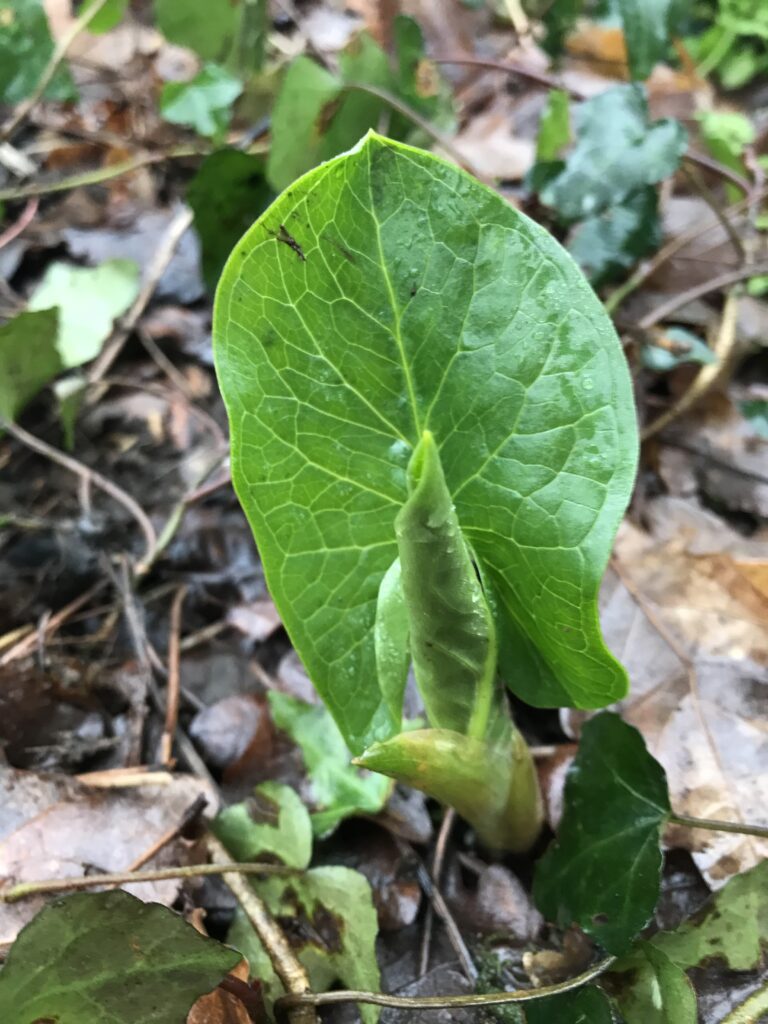
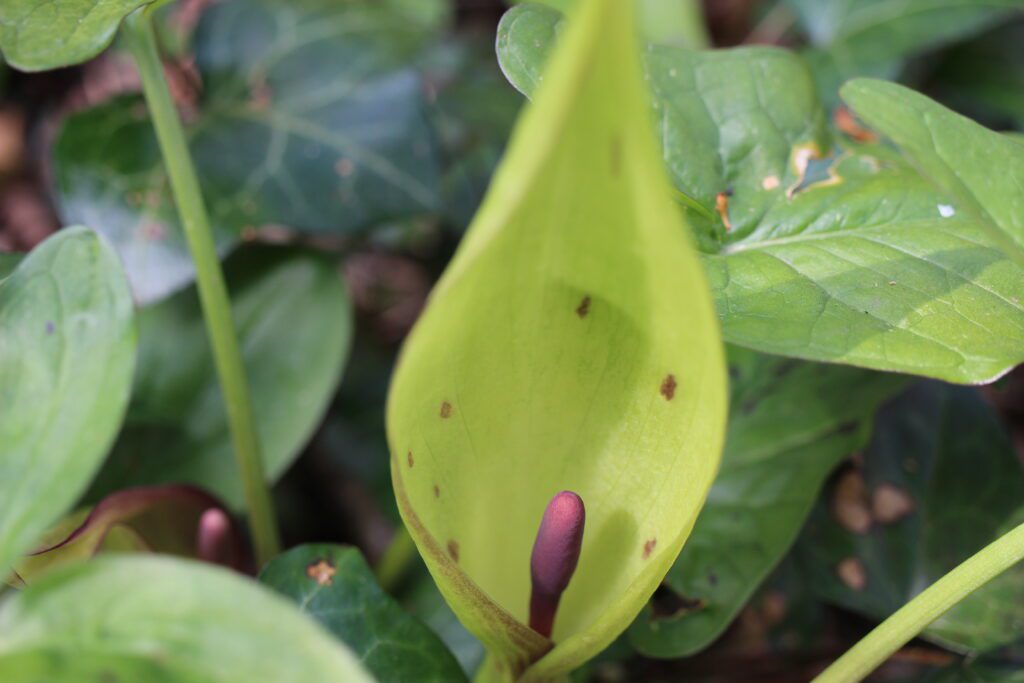
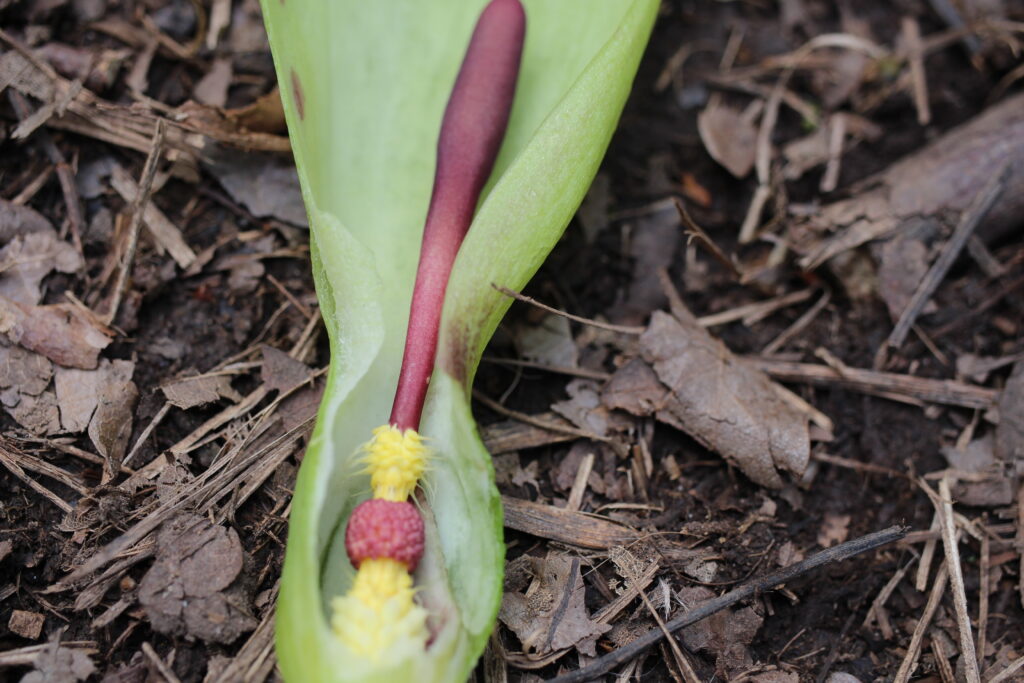
![lords and ladies fruits, nowhere Wood, June. [Photograph: Neil Ingram]](https://blog.neilingram.co.uk/wp-content/uploads/2025/06/IMG_3322-768x1024.jpeg)
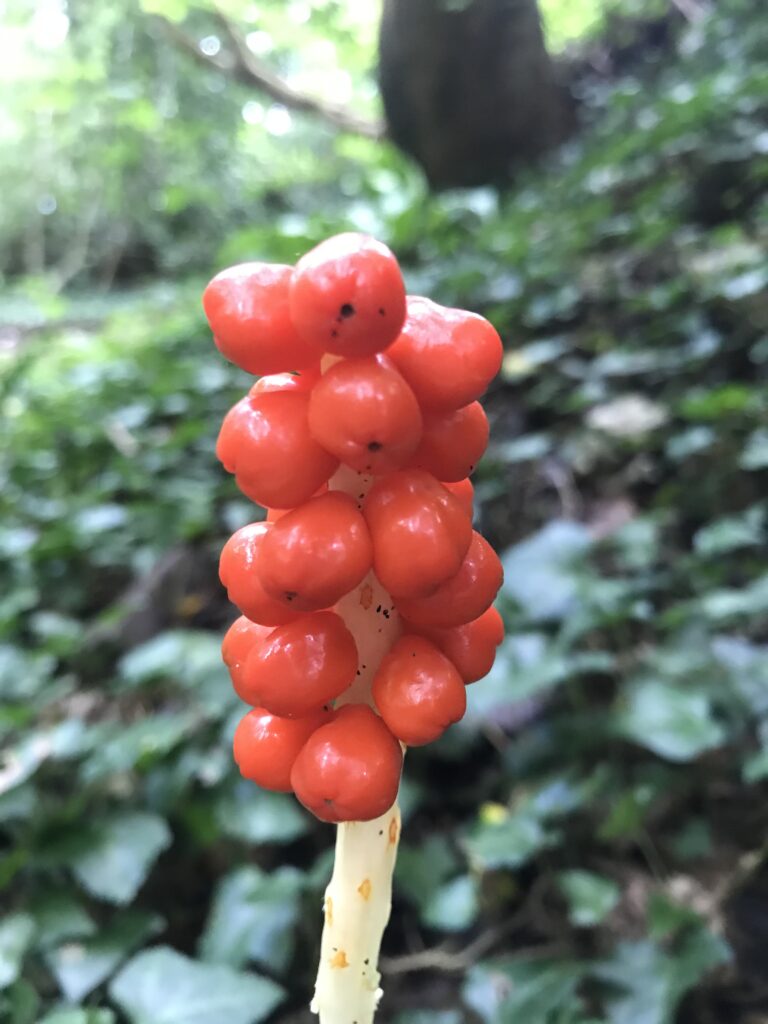
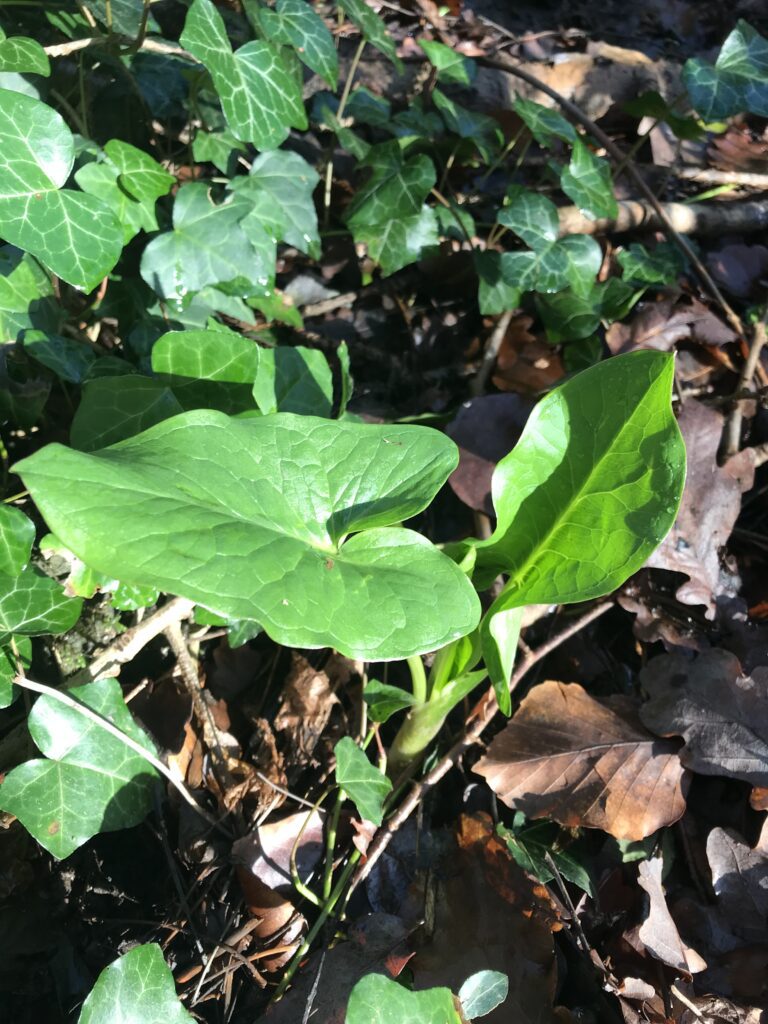
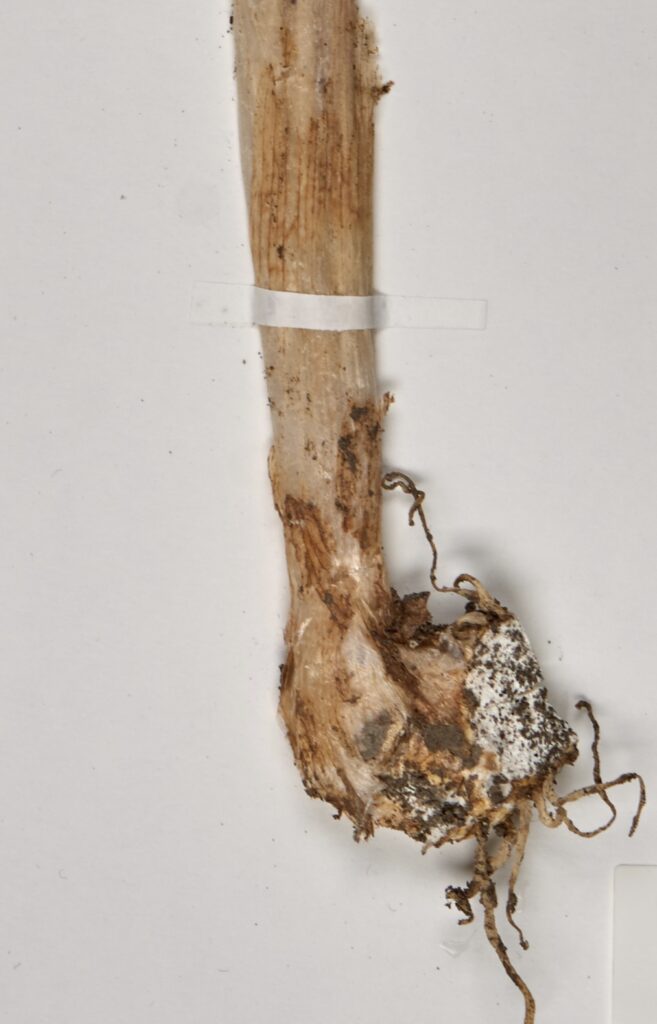


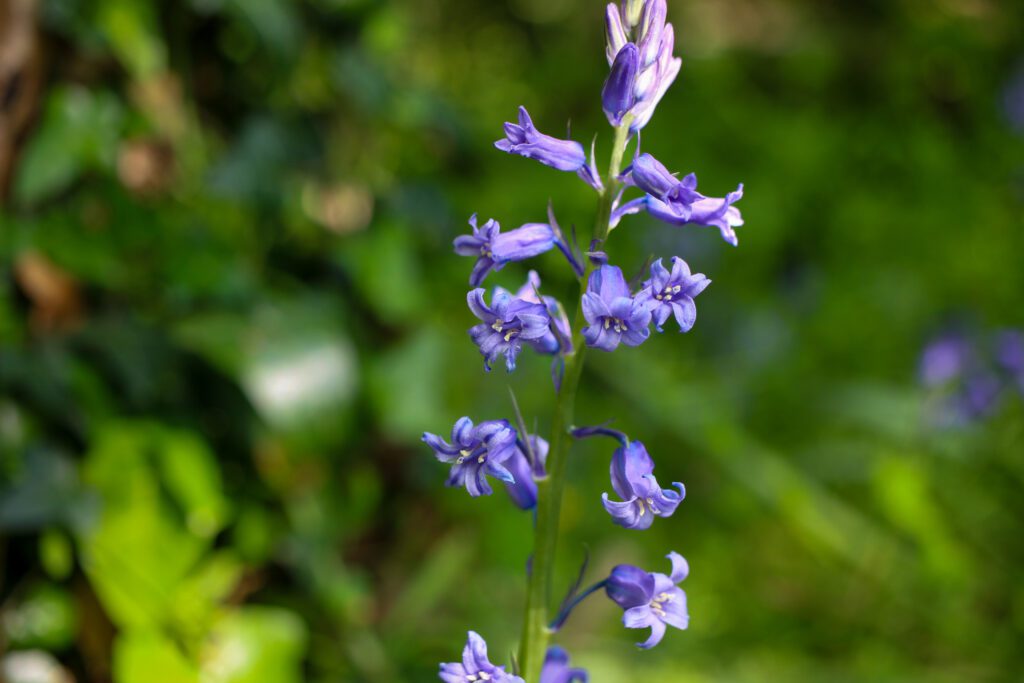

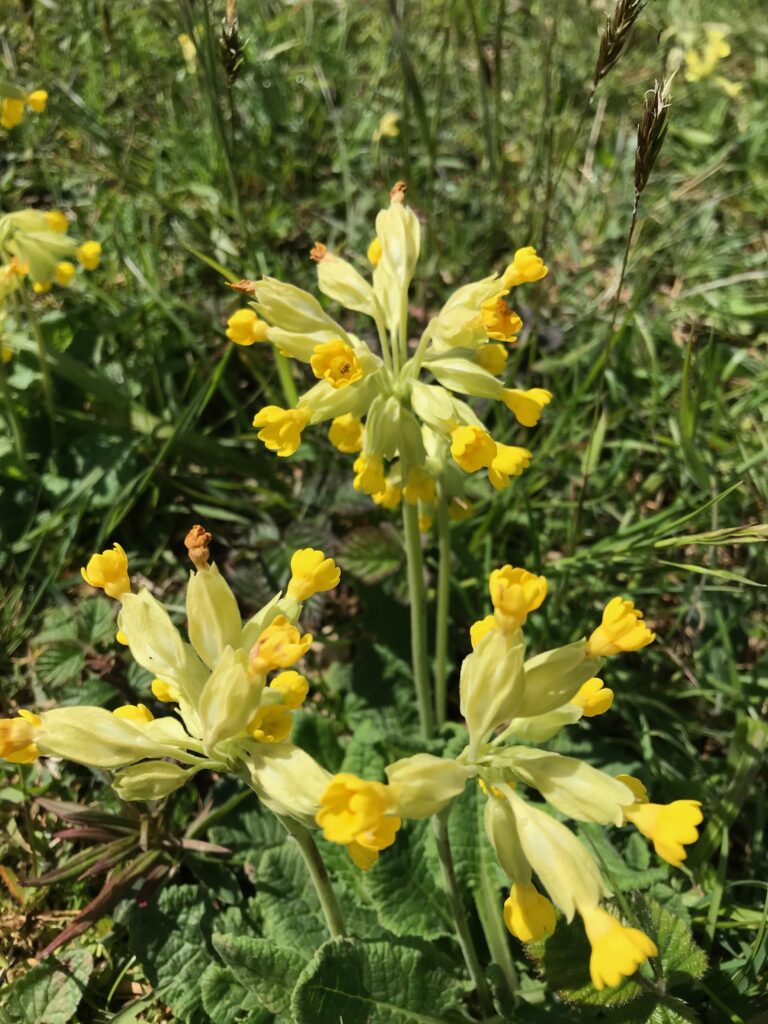
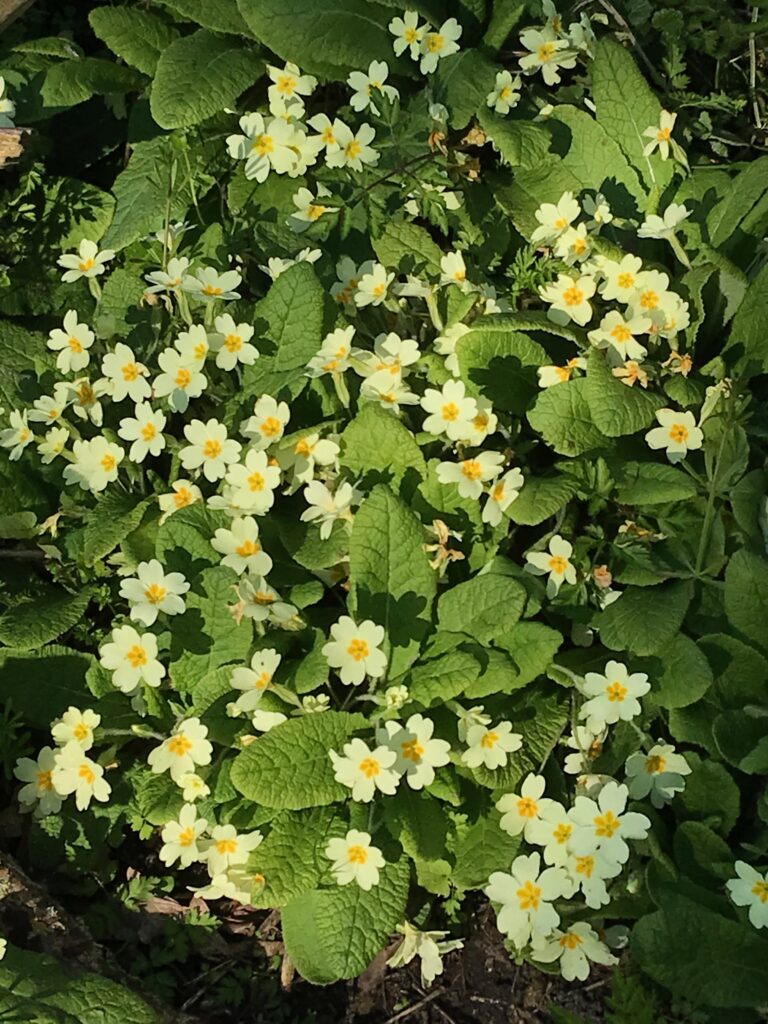
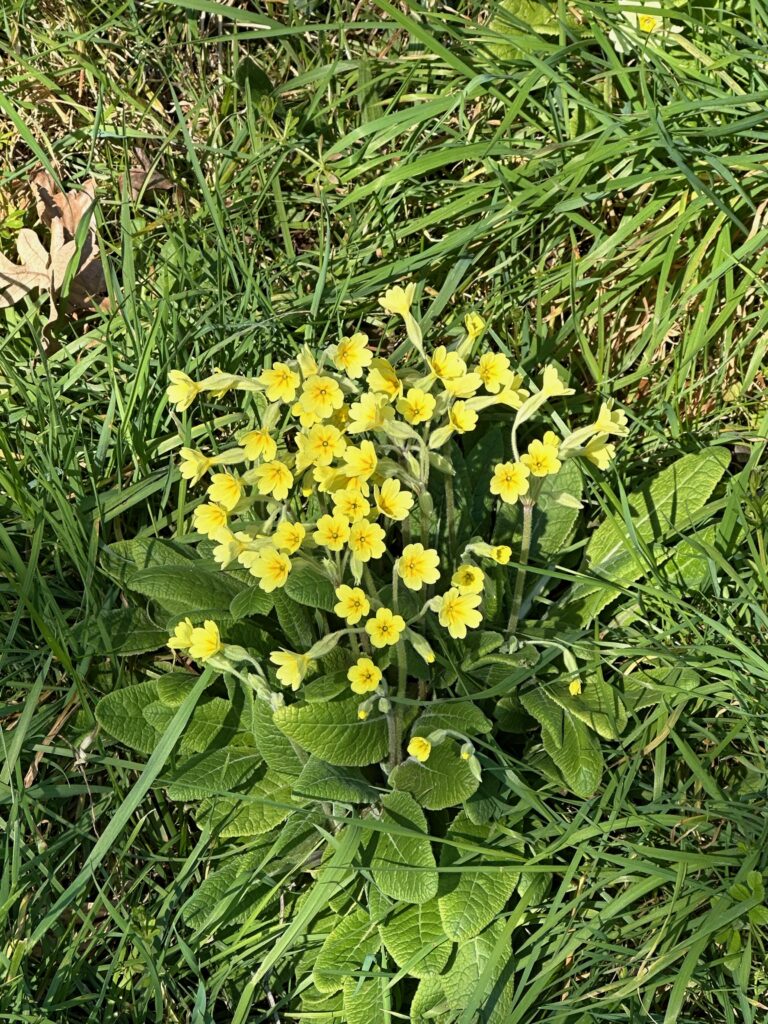
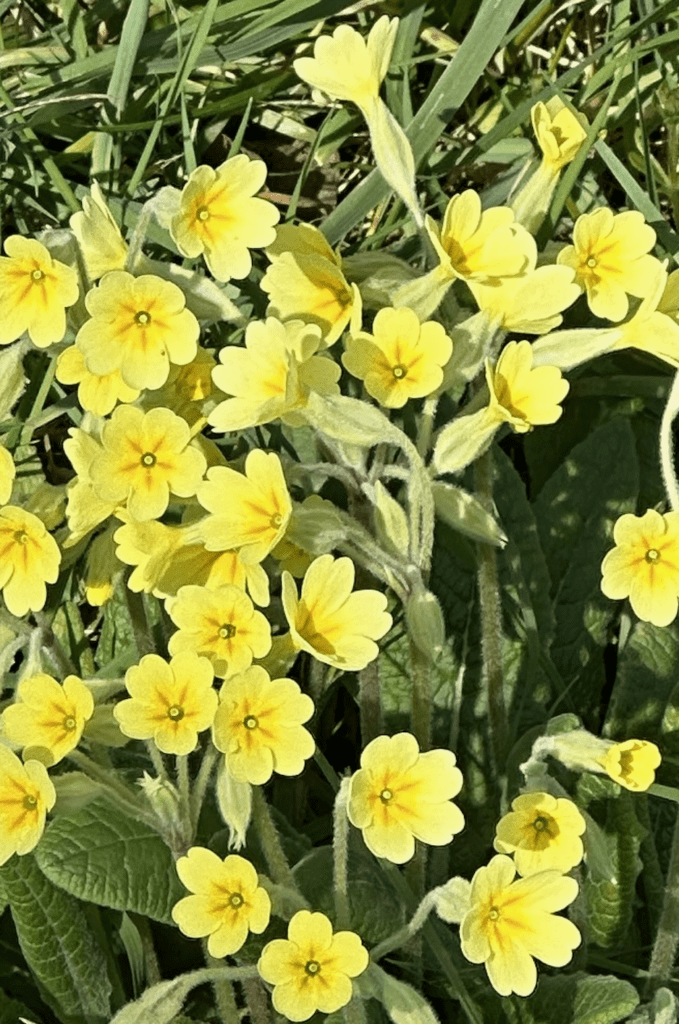


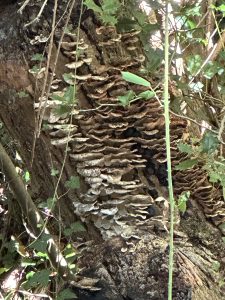
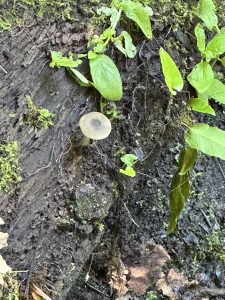
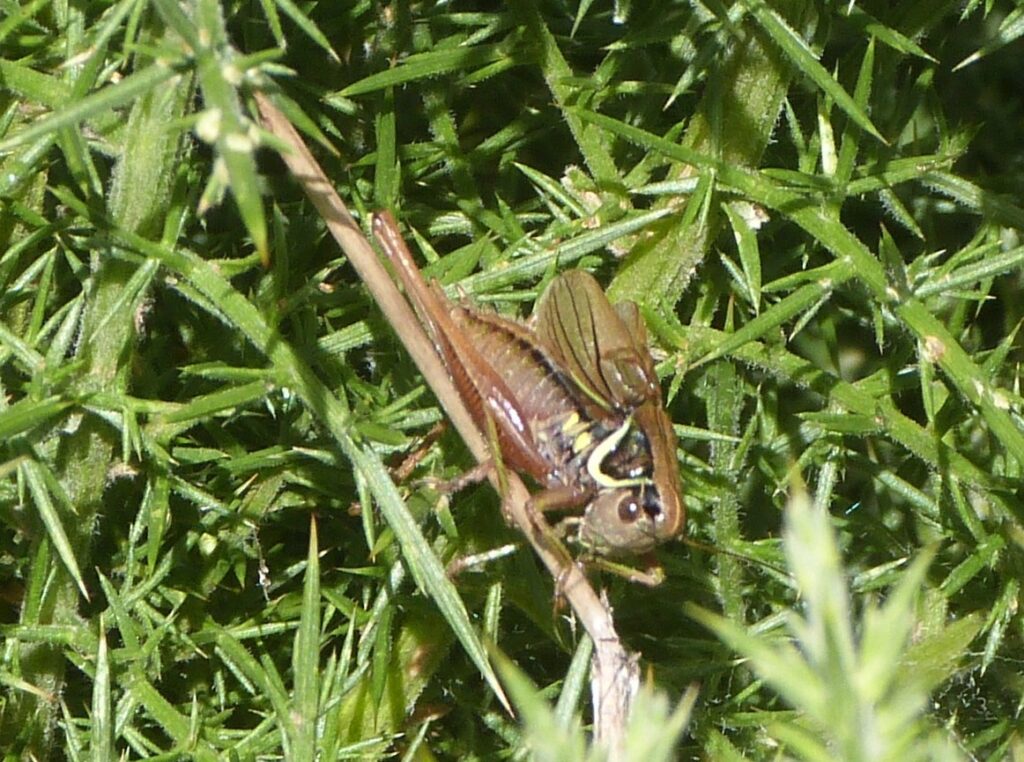
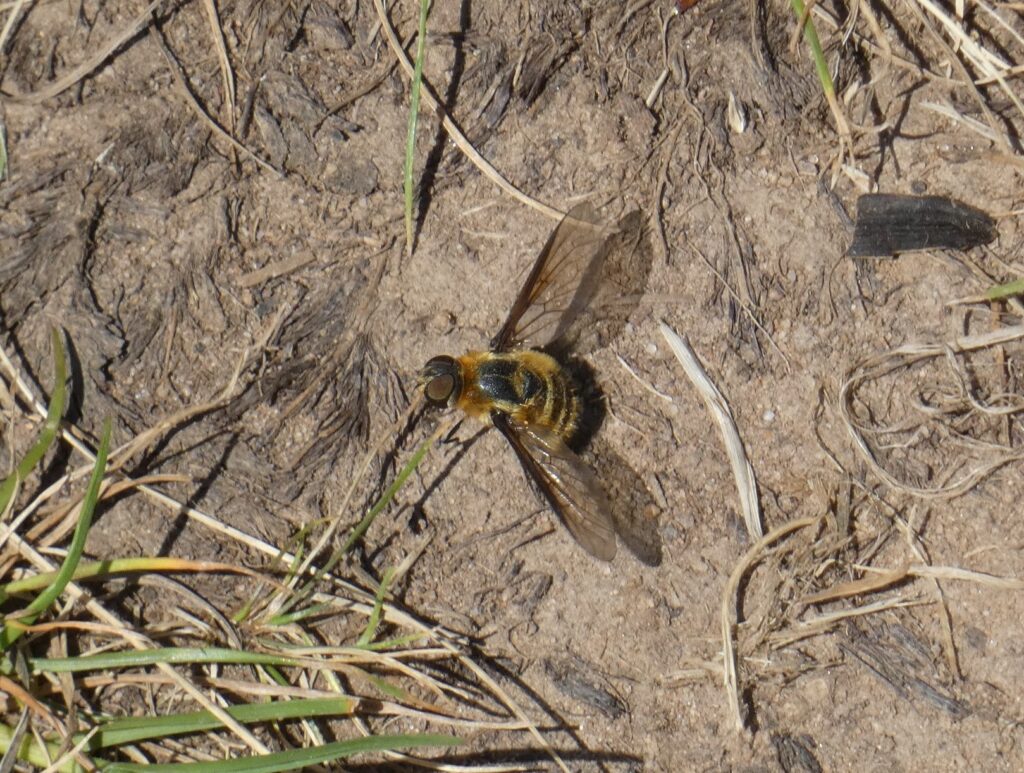
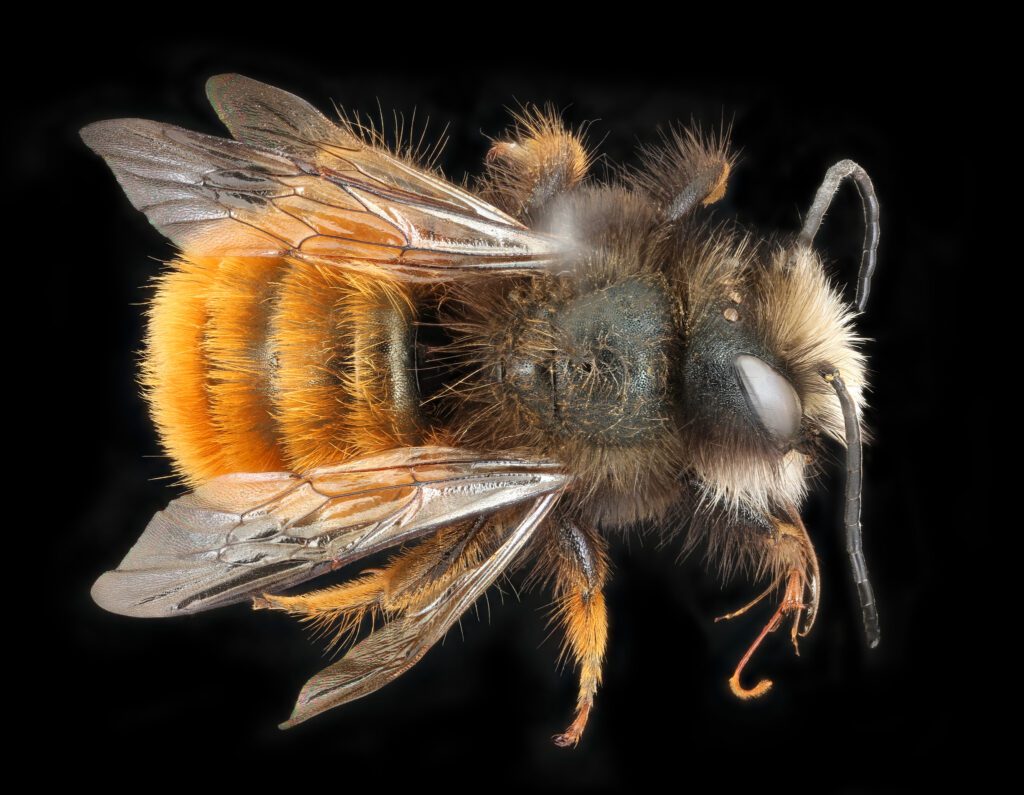
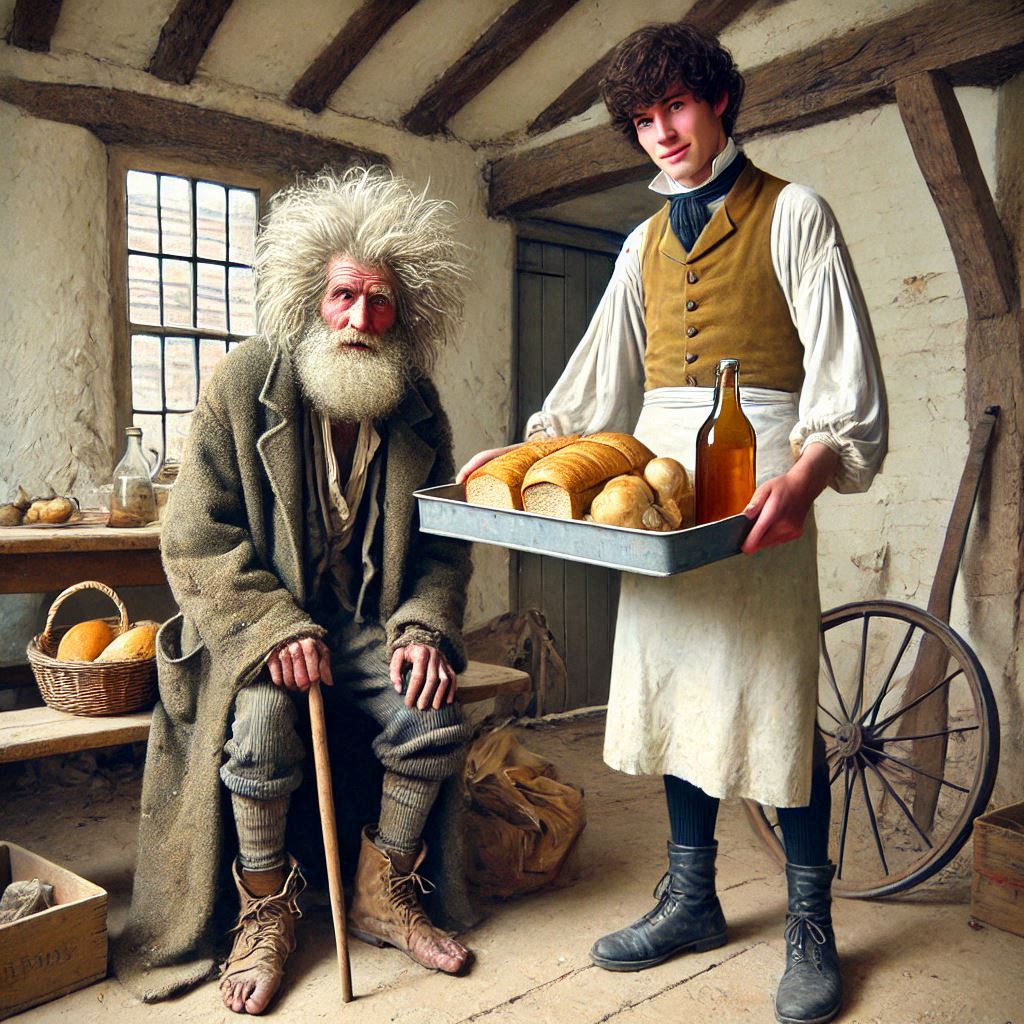
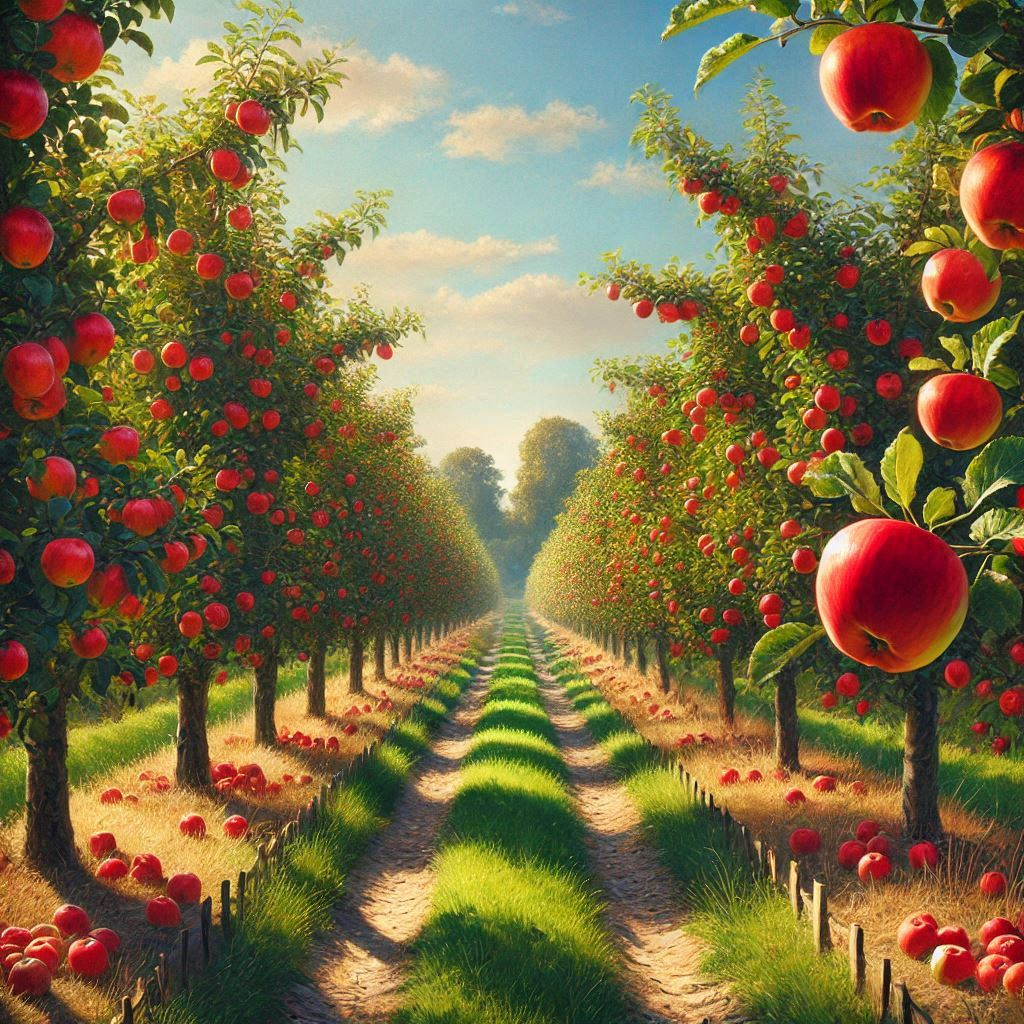



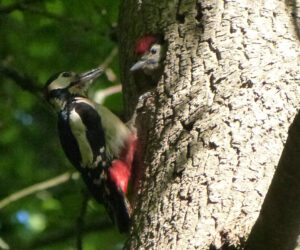
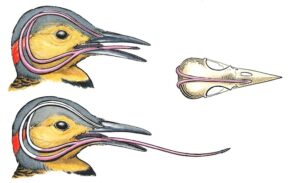
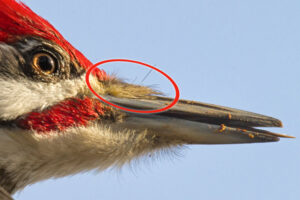
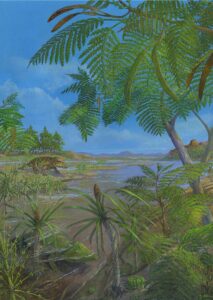
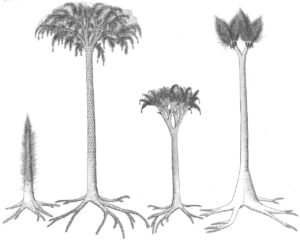

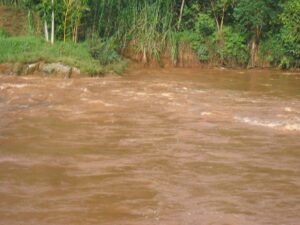


 By late October, the last of the visitors are leaving Nowhere Wood. House martins are birds that build nests in the
By late October, the last of the visitors are leaving Nowhere Wood. House martins are birds that build nests in the  Amazingly, for such confident, visible, birds, they have been able to keep this a secret from us. And, even today, we really do not know for sure. We think they fly to Africa, over the Sahara Desert, to countries like Cameroon, Congo and the Ivory Coast. That’s a journey of over 5 000 km.
Amazingly, for such confident, visible, birds, they have been able to keep this a secret from us. And, even today, we really do not know for sure. We think they fly to Africa, over the Sahara Desert, to countries like Cameroon, Congo and the Ivory Coast. That’s a journey of over 5 000 km. If all goes well, they return to the wood, and even to the same nests. It is a dangerous adventure and not all make it back. The birds can be eaten by birds of prey, or trapped by hunters.
If all goes well, they return to the wood, and even to the same nests. It is a dangerous adventure and not all make it back. The birds can be eaten by birds of prey, or trapped by hunters. It’s January 1st and the floor of the wood is covered with fresh new leaves, growing in dense patches. The first flowers are starting to open. Within a week, the air is scented with a sweet fragrance. This is the winter heliotrope, which is just as much at home in Nowhere as it is in its native North Africa.
It’s January 1st and the floor of the wood is covered with fresh new leaves, growing in dense patches. The first flowers are starting to open. Within a week, the air is scented with a sweet fragrance. This is the winter heliotrope, which is just as much at home in Nowhere as it is in its native North Africa. The winter heliotrope is unusual because it has separate male and female plants. As far as we know, the Victorian gardeners only imported male plants into Britain, because they liked the showy flowers and its rich scent. So, although the flowers make good pollen, there are no female flowers available to receive it. These plants cannot make seeds.
The winter heliotrope is unusual because it has separate male and female plants. As far as we know, the Victorian gardeners only imported male plants into Britain, because they liked the showy flowers and its rich scent. So, although the flowers make good pollen, there are no female flowers available to receive it. These plants cannot make seeds.
 These animals look like cars parked in the autumn sunshine. They look harmless enough, but they have some
These animals look like cars parked in the autumn sunshine. They look harmless enough, but they have some 



